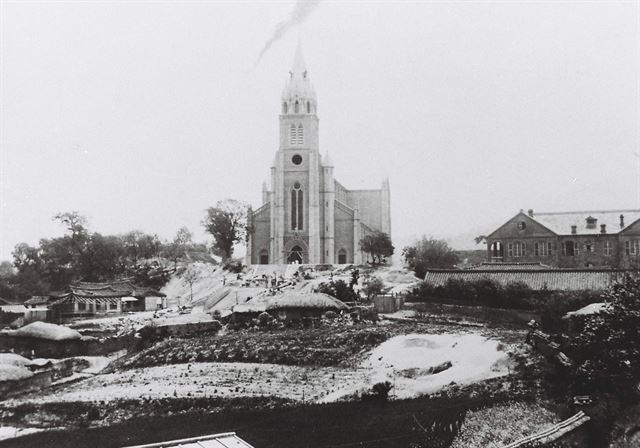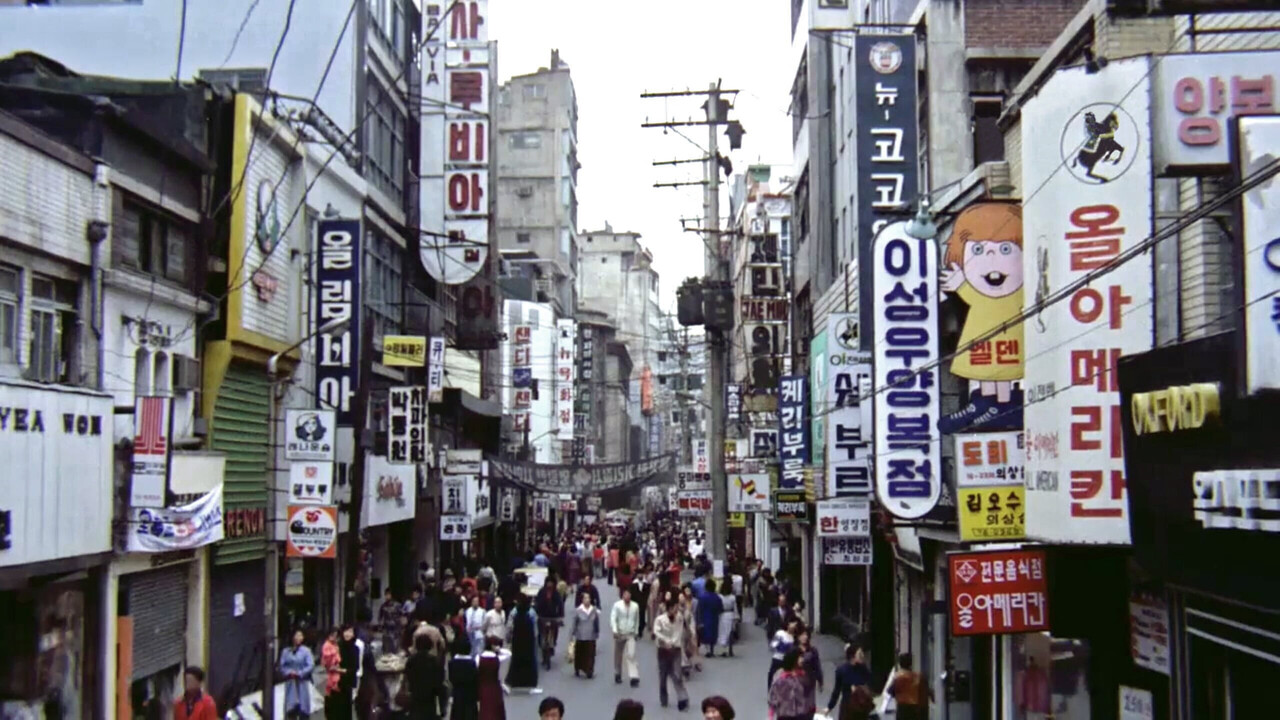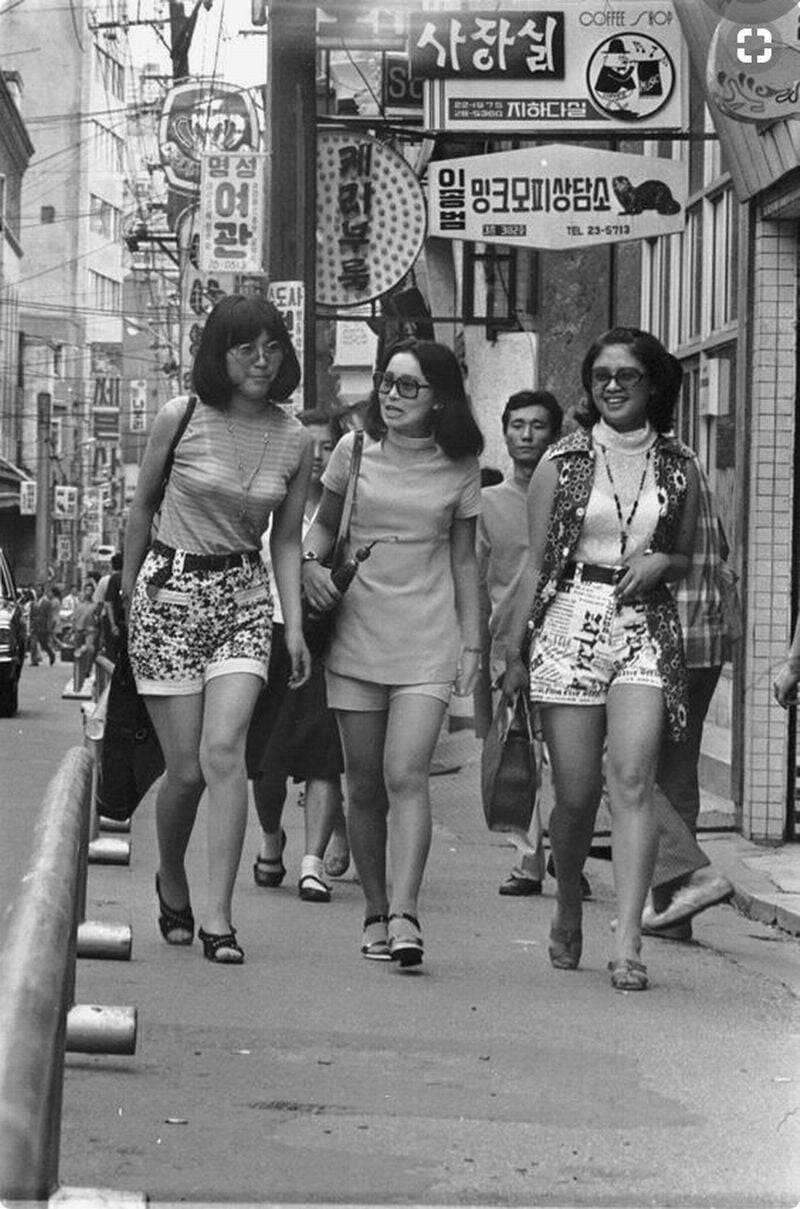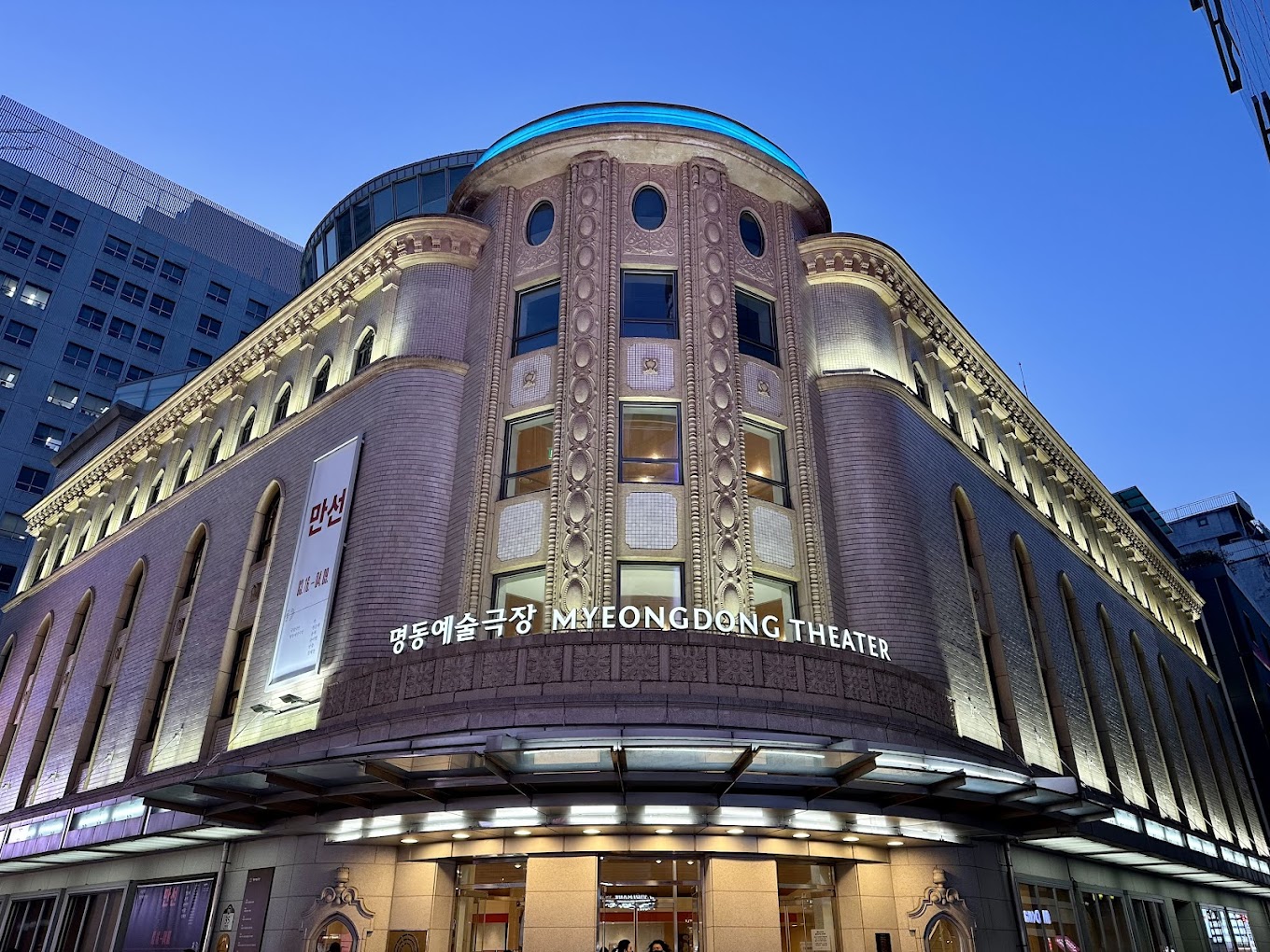When you visit Korea, Myeongdong is definitely a place you’ll want to visit at least once.
There’s plenty to shop for,
plenty to eat,
and most importantly, the fun of eating street food is quite enjoyable.
Every time I go there,
I notice there are really many foreign visitors.
Sometimes it’s confusing whether this is Korea or not,
as people from all over the world gather here.
So at some point, I started wondering:
“Why did Myeongdong become such a famous tourist destination?”
“Why do foreigners love Myeongdong so much?”
Today is the time to answer those questions!
Let’s explore the history and changes of Myeongdong together, and see how it came to have its current appearance.
🟡 Joseon Dynasty: A Village of Poor Scholars
Myeongdong wasn’t originally called ‘Myeongdong’.
During the Joseon Dynasty, it was called ‘Myeongrye-dong’.
Unlike Bukchon, the center of Hanyang (old Seoul’s capital),
Myeongdong had terrain that faced away from Namsan, so from a feng shui perspective, it wasn’t a good location for residential areas.
So noble families with power mainly lived in Bukchon,
and this area of Myeongdong was where fallen nobles or scholars who came to Seoul from the provinces settled.
In other words, Myeongdong was a quiet residential area where poor scholars and commoners gathered to live.
But in this Myeongdong,
an important place symbolizing Korean Catholicism,
‘Myeongdong Cathedral’ was built.
Built in 1898, Myeongdong Cathedral was
constructed at the site where the ‘Myeongrye-bang Community’, which can be considered the starting point of Korean Catholicism,
first emerged.
In other words, Myeongdong was both the starting point of Catholic faith in late Joseon and a religiously and historically significant space.
Even now, this cathedral standing proudly in the center of Myeongdong
symbolically shows that Myeongdong is more than just a shopping district.
🟡 Japanese Colonial Period: Formation of Japanese Residential Areas and Commercialization
Then during the Japanese colonial period,
as Japanese residential areas began to form in this region,
Myeongdong gradually transformed into a commercial district.
At that time, Myeongdong was called by the Japanese name ‘Meiji-cho (明治町)’,
and as banks, shops, theaters, etc. moved in,
extending to today’s Eulji-ro and Chungmu-ro,
it grew into a commercial center where Japanese merchants and financial institutions gathered.
🟡 Post-Liberation: Birth of the Name Myeongdong and Post-War Reconstruction
After liberation from Japan in 1946,
taking ‘bright myeong (明)’ and ‘valley dong (洞)’,
the current name ‘Myeongdong (明洞)’ was created.
Just as it was dreaming of a new beginning,
the Korean War broke out in 1950,
destroying most facilities except Myeongdong Cathedral.
After the war ended,
artists and writers who had fled to Busan began returning to Seoul,
settling in Myeongdong,
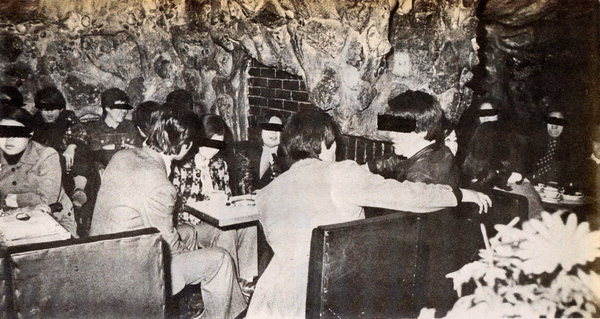 Simji Dabang, a representative teahouse of Myeongdong
Simji Dabang, a representative teahouse of Myeongdong
and as teahouses, bars, and performance venues sprang up one by one,
Myeongdong regained its vitality and
emerged as a center of art and culture.
🟡 1960s-80s: Street of Fashion and Culture
In the 1960s-80s, Myeongdong was
a street that led Seoul’s youth in fashion, music, and culture.
It felt like Japan’s Harajuku or Shibuya of today.
Cafes, small theaters, and movie theaters were filled with
actors, musicians, and artists who frequently visited,
and Myeongdong of that era was a symbol of youth, freedom, and creativity.
Most of those traces have disappeared, but if you look around Myeongdong, you can still encounter traces of the past.
(One place that still remains today is ‘Myeongdong Arts Theater’.)
Also, at that time, there were many audio shops,
most of which have now disappeared,
 Buru’s Tteurak (a representative audio shop of 1970s-80s Myeongdong)
Buru’s Tteurak (a representative audio shop of 1970s-80s Myeongdong)
and the remaining shops mainly sell K-POP related products.
🟡 How Did Myeongdong Become a Foreign Tourist Destination?
So how did Myeongdong become the number one foreign tourist destination?
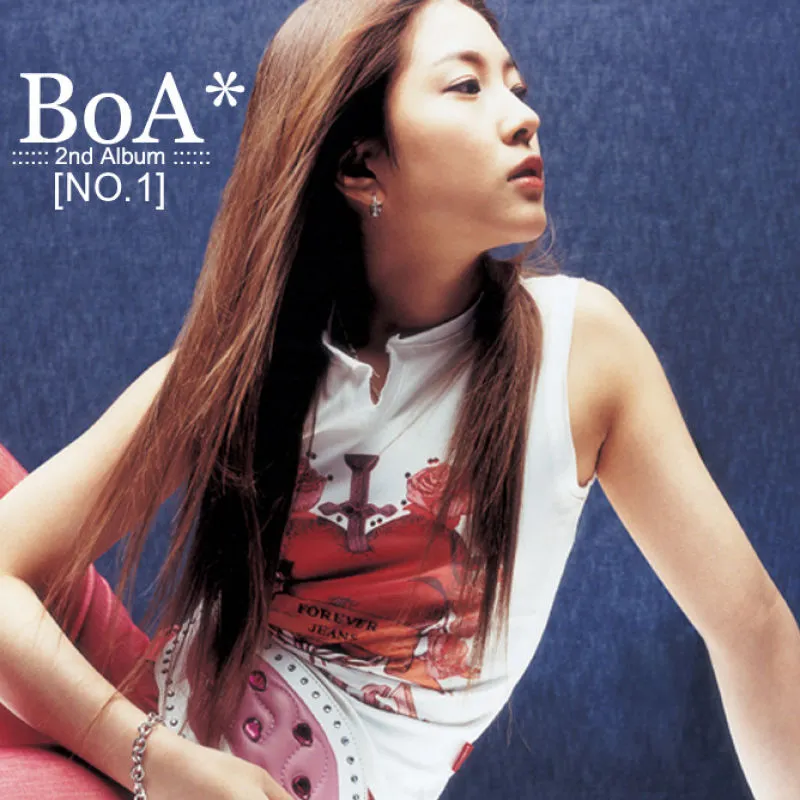 | 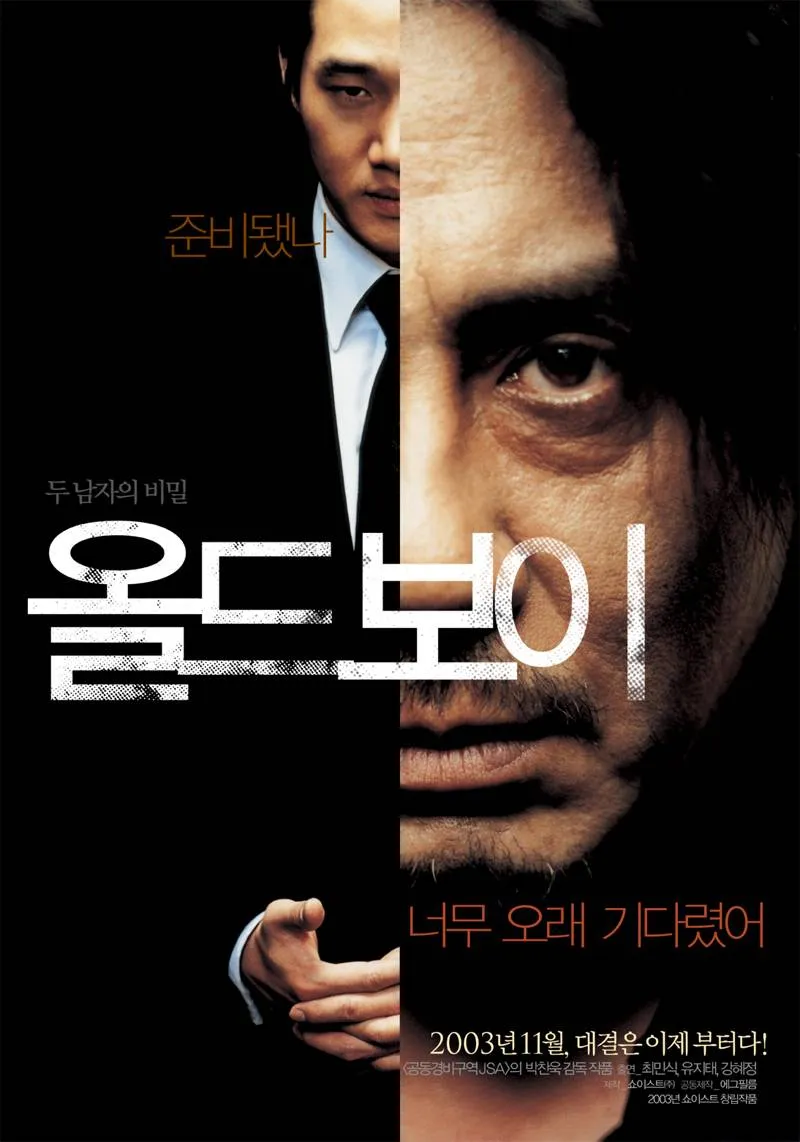 | 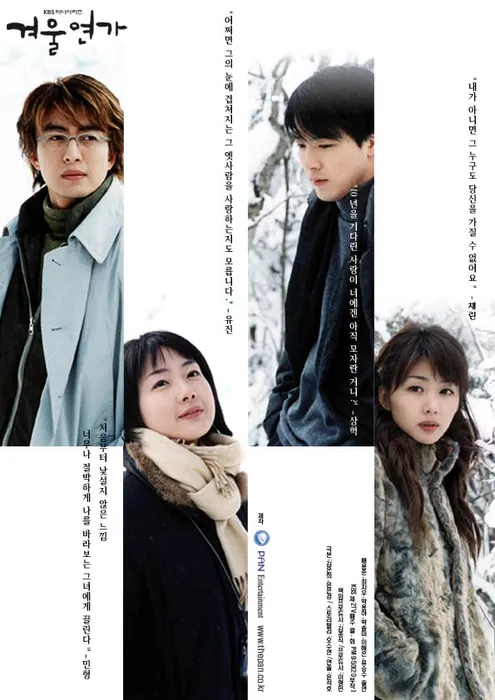 |
|---|---|---|
| BoA - No.1 | Oldboy | Winter Sonata |
| Beginning of 2000s K-POP | Golden Age of Korean Cinema 2003 | Representative Korean Drama 2002 |
After the 1990s,
K-POP, Korean dramas, and Korean movies gained great popularity overseas,
and foreigners wanted to experience Korean culture firsthand,
and the perfect place for that was Myeongdong.
Shopping, cosmetics, street food, duty-free shops, currency exchange -
everything a traveler needs was gathered in one place,
and most importantly, it was close to major tourist destinations like Namsan, Seoul Station, Jongno, and Gwanghwamun,
making it the ‘optimal place to experience Korea’ during short trips.
🟡 Myeongdong After COVID-19
Even Myeongdong, which was so crowded,
became completely empty during the COVID-19 pandemic.
Many shops closed their doors,
the streets were quiet, and foreigners were hardly seen.
But now that COVID-19 has ended,
Myeongdong is regaining its vitality.
It’s bustling with tourists like before,
and new shops are increasing throughout the streets.
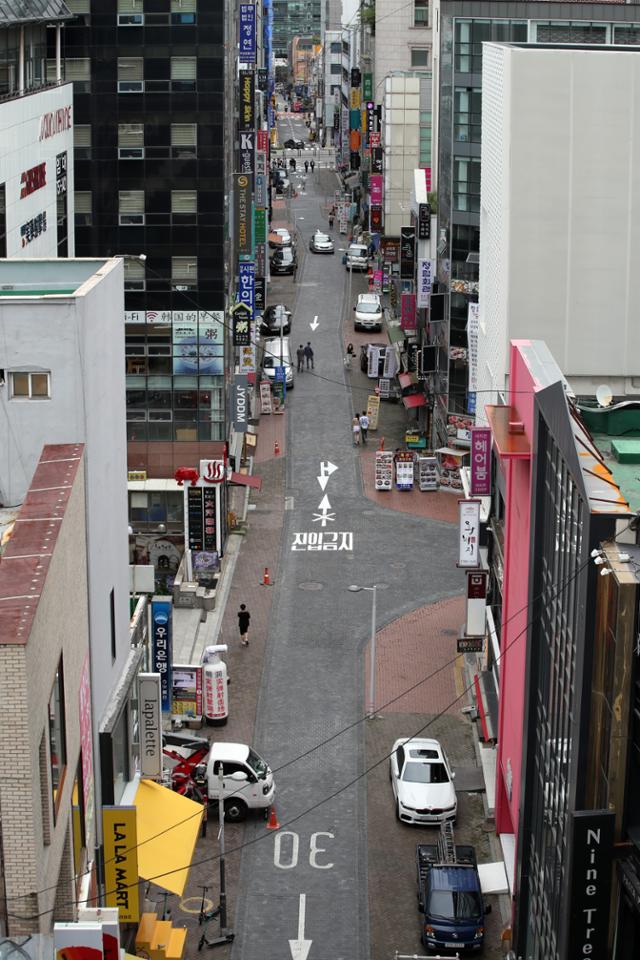 Empty Myeongdong Streets During COVID-19 Pandemic
Empty Myeongdong Streets During COVID-19 Pandemic
🟡 Current Myeongdong
Today’s Myeongdong is
a space where newness and old sensibility coexist.
On one side, there are trendy brand stores and
global fashion and cosmetics stores lined up,
and on the other side,
Myeongdong Cathedral over 100 years old,
Myeongdong Arts Theater,
old restaurants and shops in small alleys quietly maintain their places.
If you want to properly enjoy Myeongdong,
don’t just walk the main streets, but also explore the alleys.
You’ll be able to discover hidden gems and the real charm of Myeongdong.
🟡 Conclusion
Myeongdong is
a place that has constantly changed from a Joseon Dynasty residential area, to a Japanese colonial commercial center, and now to a global tourist destination.
Once you know the traces of those changes,
you’ll be able to feel that Myeongdong is more than just a shopping street,
but a place where Korean history and culture have accumulated layer by layer.
Thank you 😊

